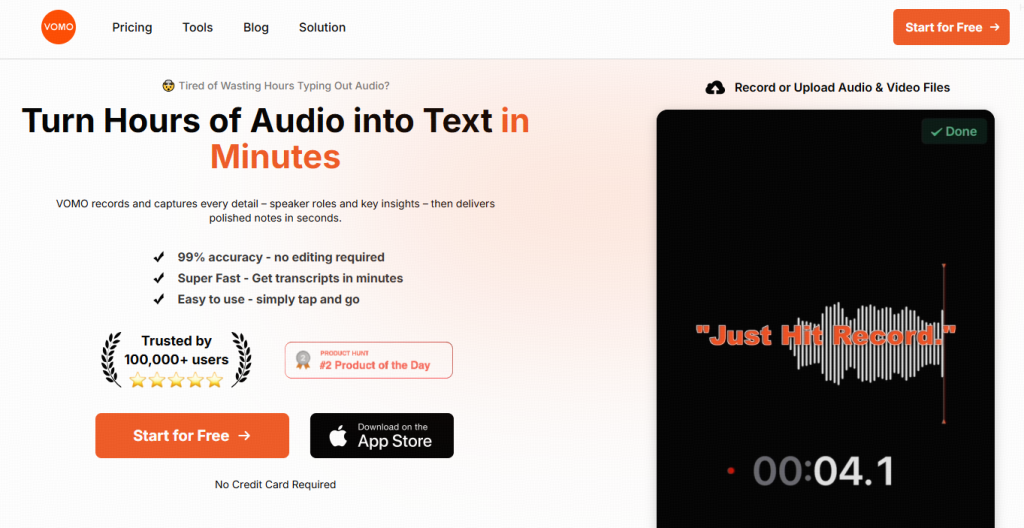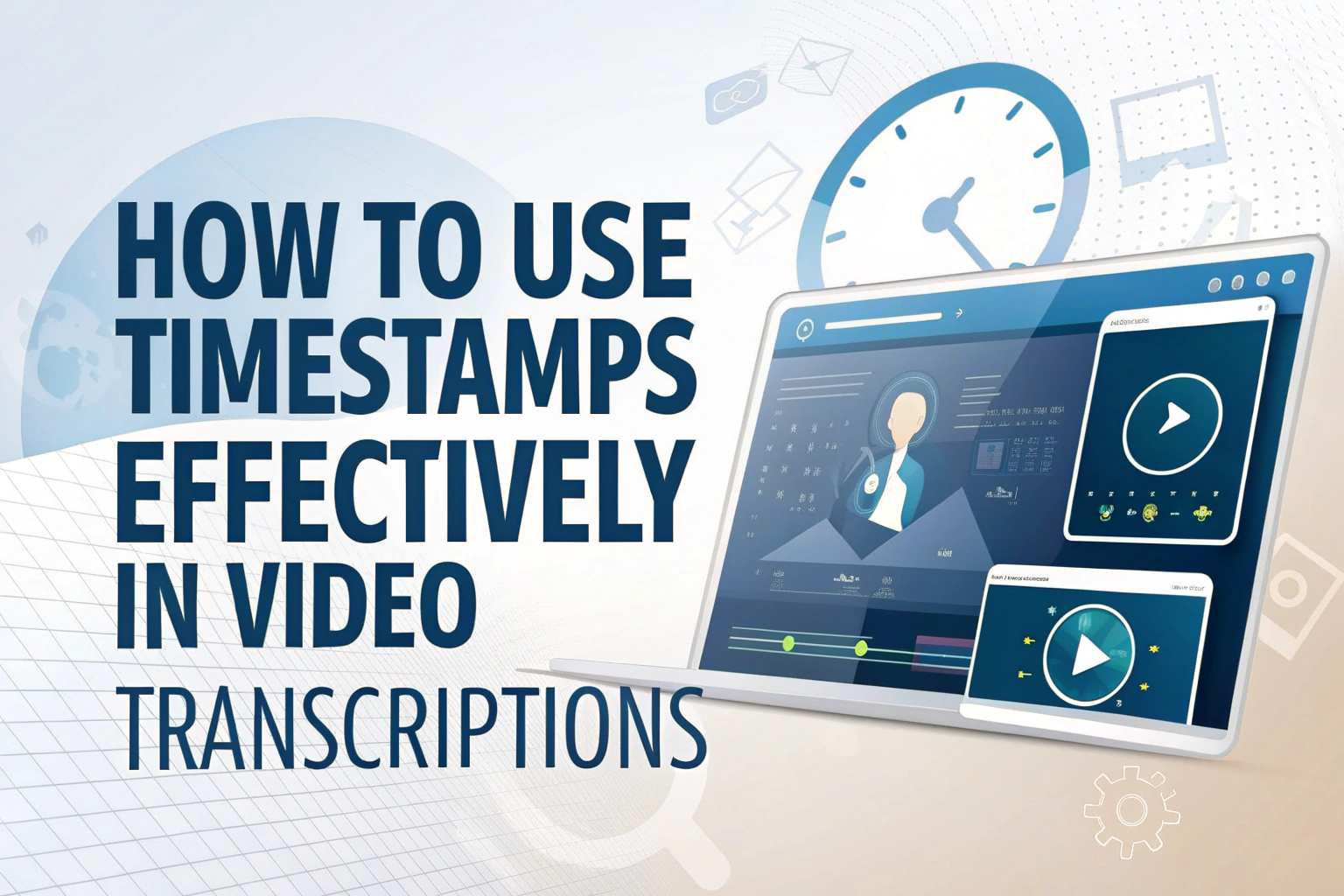Timestamps are essential for making video and audio transcriptions organized, accessible, and highly usable. They allow readers to navigate long content, highlight key moments, and even reference important sections in legal, educational, or marketing contexts. In this guide, we’ll walk you through everything you need to know about timestamps and how to implement them efficiently.
What Is Time-Stamping in Transcriptions?
In transcription, time-stamping refers to adding timecodes to your text to indicate when each segment of speech occurs. The standard format is HH:MM:SS (Hours:Minutes:Seconds).
Adding timestamps not only organizes your transcript but also makes it easier to locate specific sections, create short clips, or use transcripts as evidence in legal or professional contexts.
Types of Timestamps
Different transcription projects require different timestamping methods. Here are the most common:
1. Start-End Timestamps
Add timestamps at the start and end of a significant portion of the transcript. This method works well for interviews, meetings, or presentations that don’t begin immediately with the key points.
範例:
Podcaster: [00:10:07] Hi, Mr. Jones, it's great to have you on the show.
Podcaster: Thank you for your time, sir. We look forward to having you again soon. [01:01:52]
2. Periodic Timestamps
Add timestamps at regular intervals (e.g., every 30 seconds, 1 minute, or 5 minutes). Ideal for long-form content where continuous navigation is needed.
範例:
Speaker: Good day, everyone. [00:00:30] I will try to be concise and fast without leaving out key points. [00:01:00] Let's get started.
3. Speaker Change Timestamps
Place a timestamp whenever the speaker changes. This method is widely used in interviews, podcasts, and panel discussions.
範例:
Journalist: [00:34:51] Can you share your company’s achievements in Q4 2023?
Chairman: [00:36:18] We increased production to almost double the previous quarters.
Journalist: [00:40:02] Thank you for the insight.
4. Sentence-Level Timestamps
Add timestamps at the start of each sentence. This is less common because it can appear intrusive but is useful for highly detailed legal or research transcripts.
範例:
Presenter: [00:01:02] Good evening, everyone. [00:01:20] Welcome to our show.
5. Inaudible Markers
Mark unclear or missing audio sections with timestamps.
範例:
Speaker: I ran into a heavy [inaudible 00:00:08] that lasted an hour. Fortunately, I could maneuver [Inaudible 00:01:10] around the city.
Best Practices for Adding Timestamps
- Align timestamps with audio accurately to ensure clarity.
- 使用 AI 轉錄 工具 to save time and improve accuracy.
- Choose a timestamping method that suits the content type (periodic, speaker change, etc.).
- Keep formatting consistent for readability and usability.
Using VOMO to Add Timestamps
Based on practical experience, VOMO is an AI-powered transcription tool that simplifies the addition of timestamps:

- Sign in to your VOMO account and go to the dashboard.
- 按一下 匯入檔案 and upload your video/audio file, or paste a URL from supported platforms.
- VOMO automatically generates a 視訊轉文字 transcript with accurate timestamps.
- Edit speaker names or sections if needed, then export as TXT or SRT.

Result: Creators save hours compared to manual transcription, with accuracy up to 98%, even for long interviews or webinars.
How Timestamps Improve SEO and Engagement
- Timestamps allow viewers to jump directly to key sections, improving watch time and retention.
- Properly formatted transcripts make content indexable by search engines, boosting visibility.
- Adding keywords in timestamp headings can further enhance discoverability.
Example Format for SEO-Friendly Timestamps:
[00:00:00] Introduction to Video Transcription
[00:03:45] Why Timestamps Improve Engagement
[00:07:20] How to Add Timestamps with VOMO
總結
Timestamps in transcription enhance the value and usability of your content. They help audiences navigate audio and video, highlight important points, and even assist in legal or professional contexts.
While manual timestamping is possible, using an AI tool like VOMO streamlines the process, provides accurate timecodes, and saves hours of work. By following the best practices outlined here, you can create accessible, organized, and SEO-friendly transcripts that deliver maximum value to viewers and clients alike.



